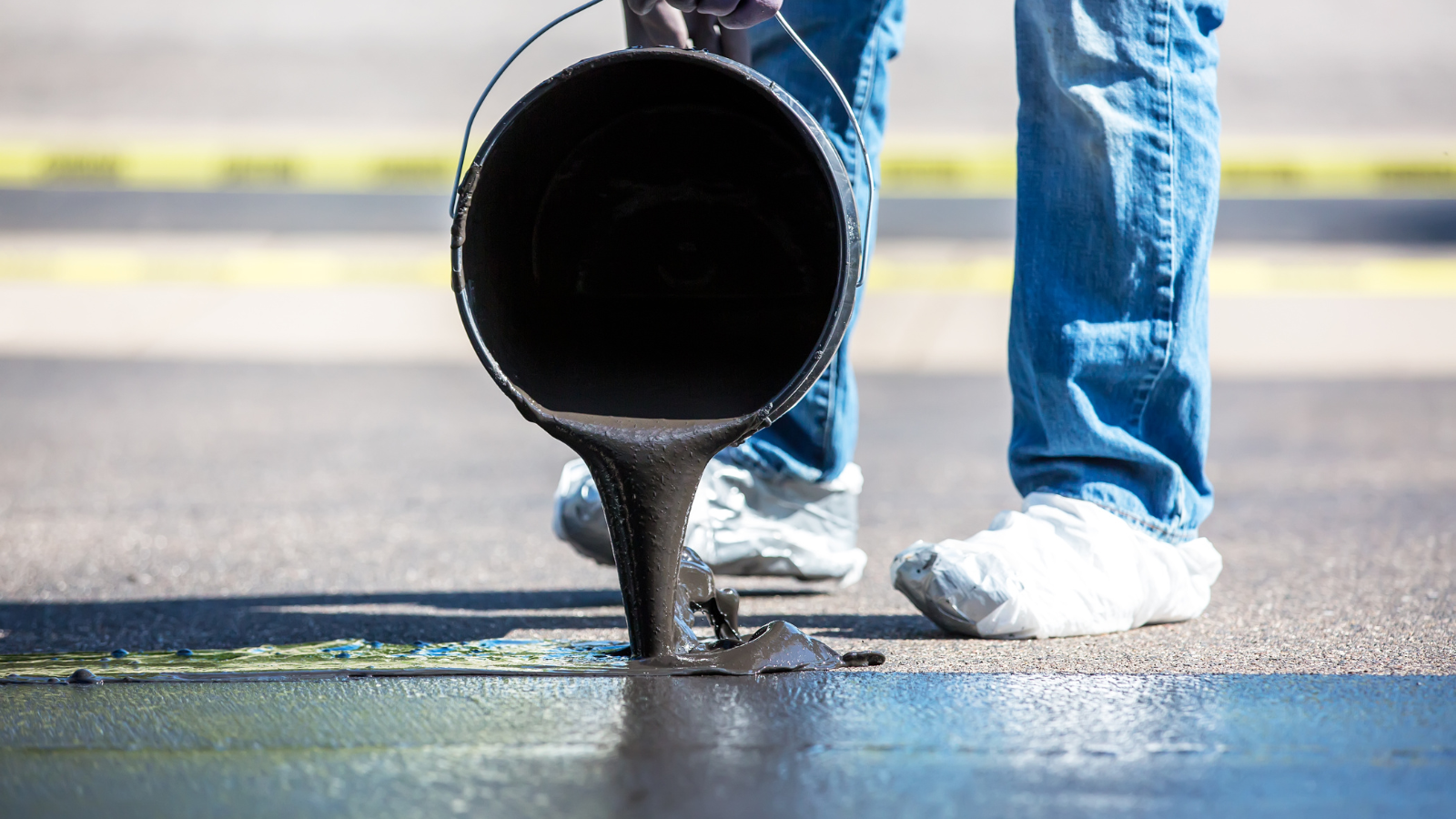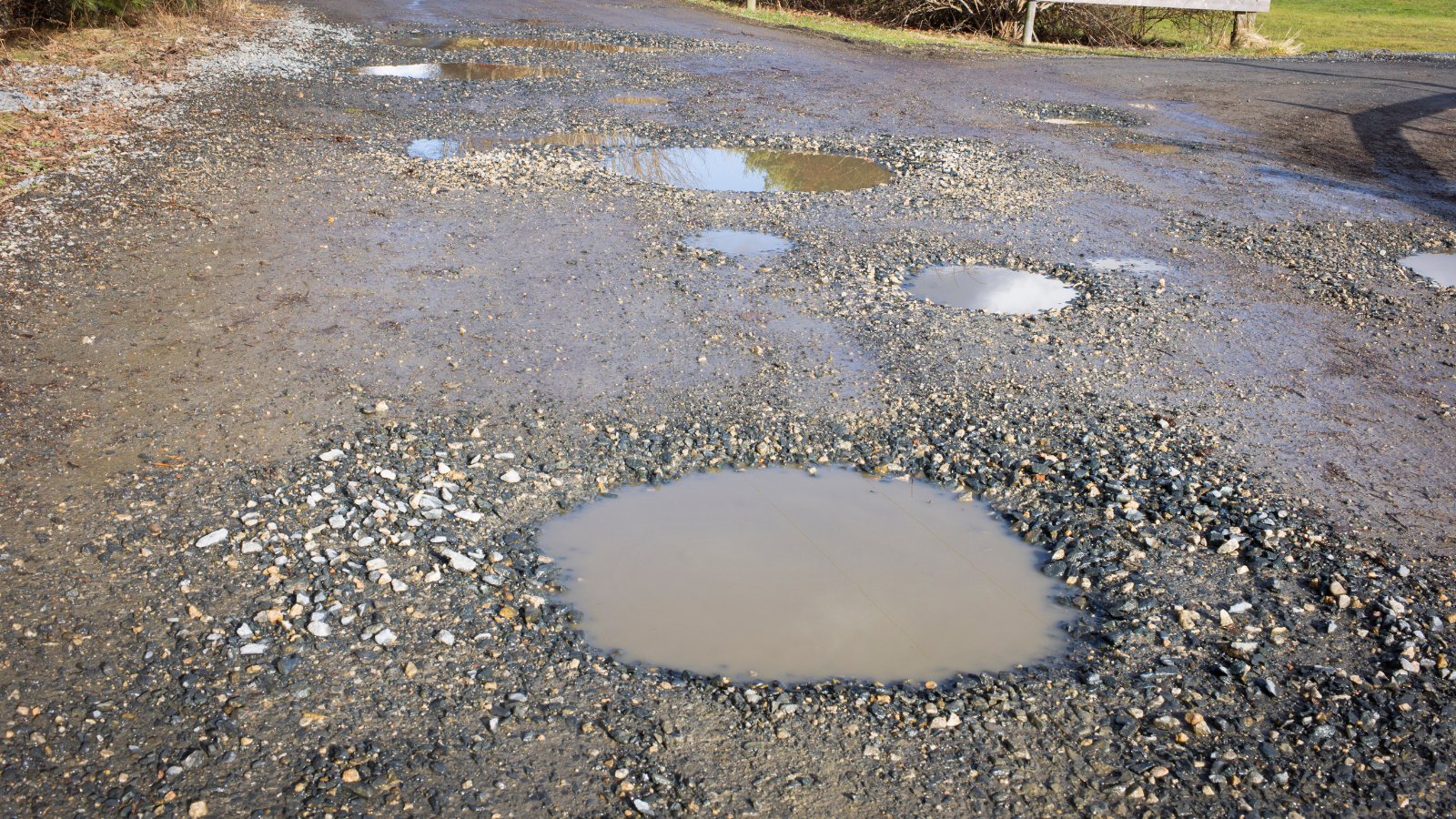With the arrival of the autumn season, it becomes crucial to prepare and uphold the quality of your asphalt surfaces in anticipation of the forthcoming challenges. This comprehensive article aims to provide you with valuable suggestions and recommendations to ensure the longevity and durability of your asphalt pavement. By adhering to these guidelines, you can safeguard your investment and maintain attractive and secure surfaces throughout the year.
The Significance of Autumn Asphalt Maintenance
Autumn asphalt maintenance plays a critical role in shielding your surfaces from the harsh winter weather and temperature fluctuations that can result in damage. By conducting regular maintenance during the autumn months, you can address existing issues and prevent further deterioration, ultimately saving valuable time and money in the long run.
Clearing Debris and Ensuring Pristine Cleanliness
The initial step in autumn asphalt maintenance involves the thorough removal of any debris, including leaves, twigs, and dirt, from the surface. Utilizing a broom or a leaf blower, ensure the complete elimination of all obstructions from your asphalt. Additionally, it is of utmost importance to carry out a comprehensive cleaning procedure by power washing the surface, effectively eradicating stains and accumulated dirt. This will bestow a fresh and well-maintained appearance upon your pavement.
Inspecting and Repairing Cracks
Carefully examine your asphalt surface to detect any hot cracks or potholes. Cracks permit the intrusion of water into the pavement, leading to further damage during freezing temperatures. Addressing these issues promptly is crucial. For minor cracks, contemplate utilizing a sealant or filler to initiate the repair process. However, if the damage is more extensive, it is advisable to seek the guidance of a professional who possesses the expertise to execute patching or resurfacing, ensuring a repair that endures over time.
Sealcoating for Protection
The application of a sealcoat stands as a vital step in safeguarding your asphalt surface against various elements, such as UV rays, moisture, and chemical spills. This protective layer acts as a barrier, preventing oxidation and reducing the risk of cracks and potholes. Not only does sealcoating deliver crucial protection, but it also enhances the overall appearance of your pavement, imbuing it with a fresh and well-maintained allure.
Addressing Drainage Issues
Proper drainage holds paramount importance for the durability of your asphalt pavement. Dedicate time to inspect your gutters, downspouts, and drainage systems, ensuring they are devoid of debris and functioning optimally. The presence of standing water on the surface can result in weakened areas and structural damage. If any drainage issues come to your attention, it is recommended to consult a professional promptly to rectify them and prevent further damage.
Repaving and Resurfacing
In instances where your asphalt surface exhibits severe damage or significant signs of wear and tear, repaving or resurfacing may be necessary. Repaving or resurfacing entails the removal of the existing layer of asphalt and replacing it with a fresh one, thereby creating a smooth, resilient, and enduring surface. This process not only improves the appearance of your pavement but also ensures its ability to withstand the challenges posed by the impending winter season.
Snow and Ice Management
Elizabeth, New Jersey, and the surrounding regions encounter snow and ice during the winter months. Implementing effective strategies for snow and ice management is crucial for maintaining the safety and accessibility of your asphalt surfaces. Consider engaging the services of a professional snow removal company to ensure the prompt and efficient elimination of snow, thereby minimizing the risk of damage to your pavement.
Taking proactive measures to maintain your asphalt surfaces during the autumn season is essential for their endurance and resilience. By adhering to these autumn asphalt maintenance tips, you can protect your investment and ensure the safety and attractiveness of your pavement. Remember to clear debris, inspect and repair cracks, apply sealcoating, address drainage issues, and consider repaving or resurfacing when necessary. By investing in professional maintenance and timely repairs, you can enjoy long-lasting, durable asphalt surfaces.
FAQs:
1. How frequently should I apply sealcoat to my asphalt pavement?
- It is recommended to apply sealcoat to your asphalt pavement every 2-3 years to maintain optimal protection and appearance.
2. Can I repair cracks in my asphalt surface myself, or should I seek professional assistance?
- For minor cracks, you can opt for do-it-yourself sealants or fillers. However, in the case of extensive or complex damage, it is advisable to consult a professional paving company to ensure proper repairs.
3. Is it necessary to remove snow from my asphalt surface?
- Yes, it is crucial to promptly remove snow to prevent it from melting and refreezing, which can lead to cracking and damage to your pavement.
4. How long does the repaving or resurfacing process take?
- The duration of the repaving or resurfacing process depends on the size and complexity of the project. It is best to consult a professional paving company for an accurate estimate based on your specific needs.
5. Can I perform autumn maintenance on my asphalt surface myself?
- While some maintenance tasks can be carried out by homeowners, it is recommended to seek professional assistance for comprehensive autumn asphalt maintenance to ensure optimal results and avoid potential mistakes.
Elizabeth Paving Services, a reputable concrete and asphalt paving company serving Elizabeth, New Jersey, and nearby areas, is here to assist you with all your pavement requirements. With our expertise and commitment to quality, we offer professional services for residential, commercial, and municipal projects. Contact us today to discover more about our comprehensive paving solutions and how we can help you maintain and enhance the durability and aesthetics of your asphalt surfaces.







